Pectin is one of the most useful substances in the body. It was discovered back in 1790 by the famous French physicist Louis Voklen, which was first isolated the then unknown substance with a strong gelling ability from an apple. About four decades later, in 1825, another Frenchman - Henry Brakonot, isolated and made detailed descriptions of the substance. He gave it the name pectin /pektos from Greek – meaning, clotting off/.
Two decades later, detailed studies on the structure and properties of pectin allowed experts to shed new light on it. It was found that it belongs to the group of so-called structural polysaccharides /hemicellulose, cellulose and lignin/ that make up the cellular and intercellular walls of plants. Pectin plays an important role in maintaining their texture, their resistance to desiccation, their long storage and more.
In plant cells, there are two forms of pectin. The first is insoluble /proto-pectin/ and the second is soluble /hydro-pectin/. Insoluble pectin dominates unripe fruit, which gives the plant tissue firmer texture. Upon maturation, it becomes soluble pectin and accompanies fruit softening. This process is observed in baking or cooking fruits.
Most often, for the extraction of pectin are used apple and citrus moldings, applied to obtain juices and nectars. Other commonly used sources are sugar beet pomace from the production of sugar, sunflower heads, which have dropped in the making of sunflower oil and many others. Pectin is extracted by hot dilute acid.
After filtration, an extract is obtained, which is concentrated under vacuum. Dried pectin has a bright-white, to light brown color. Citrus pectin is lighter than Apple. Apart from the acid extraction, pectin is produced by enzymatic methods. Its annual output is about 40 million tons.
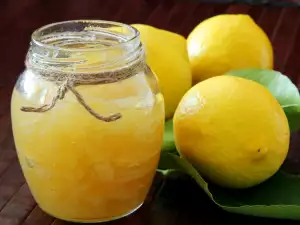
Among the major producers of pectin, about 70% of pectin is produced from citrus fruits, and 30% - from apples.
Foods rich in pectin
The greatest amount of pectin is found in citrus fruits, apples, currants and quinces. Pectin in the peel of oranges is approximately 16%, while in the flesh, 40 percent. Orange pectin has the highest gelling ability, followed by apple, peach and currant. Rich in pectin are also peaches, apricots and pumpkins.
Application of pectin
The main use of pectin is linked to it’s expressed gelling ability. Different types of pectin are used to manufacture a wide range of food products - jellies, jams, fillings for chocolates, jams, creams for cakes, and so- called non-drying bakeries.
Emulsifying properties of pectin make it suitable for the production of mayonnaise, different sauces, margarines and some ketchup. It is also used as a stabilizer in the production of nectar and other drinks with a similar texture.
The ability of pectin to bind to molecules and retain large amounts of water is very widely used in the manufacture of ice cream, some cheese and yogurt products.
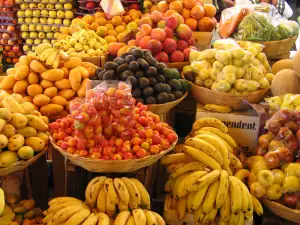
Accordance with the rules of the European food legislation, pectin is marked with the code number E440. Many experts say that pectins are completely harmless to humans and can be used in large quantities.
Benefits of pectin
It has become clear that pectin belongs to the group of soluble dietary fiber and has a distinct ability to connect to liquids water and binds bile acids in the intestine.
Pectin has the unique ability to act as a detoxifying on the body. It binds and eliminates heavy metals such as mercury, zinc, cobalt, lead and molybdenum.
Several medical studies have shown that consumption of only 5-6 g pectin per day for several months reduces levels of bad cholesterol by 5 to 18 percent. General detoxification that pectin provides leads to a significant reduction in the risk of cancer of the colon. Let me remind you that this particular type of cancer is the third most common cancer in recent years.
Pectin slows the digestion and in particular gastric emptying. Thus, it prevents sharp increases in blood sugar by consuming large amounts of carbohydrates, which in turn makes it valuable for diabetics.
In practice, pectin is an indigestible substance for the body and therefore cannot be an energy source for the body. However, it is a valuable ballast substance and in this role really does wonders for your health.
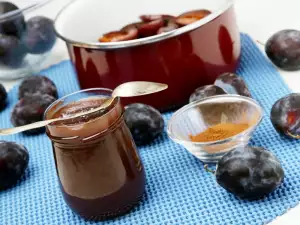
Due to the unique structure and properties of pectin, it improves bowel functioning and helps troubled defecation. Slowing the digestive process, it provides a longer sense of fullness, which helps to reduce food consumption, and hence weight. Pectin tends to increase theacidity of the medium and therefore has a strong bactericidal effect on the causes of gastrointestinal infections.
Some studies have shown that pectin is one of the most valuable substances in terms of the delivery of anti-cancer agents in the immediate vicinity of the affected tissues, which to a large extent prevents the onset of dangerous metastases. There is evidence to suggest that pectin significantly improves the survival chances of patients with prostate cancer.
Besides all these qualities, pectin is effective in the implementation of antibiotics. It reinforces their effects, while reducing the side effects they cause.
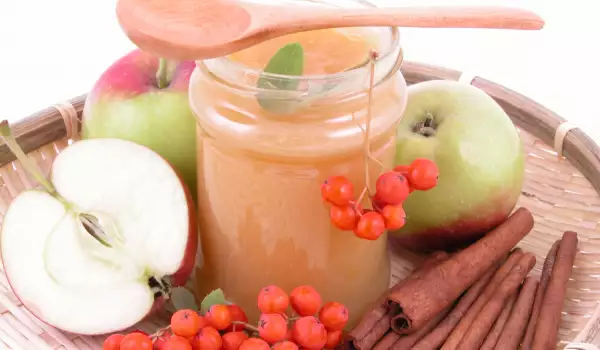


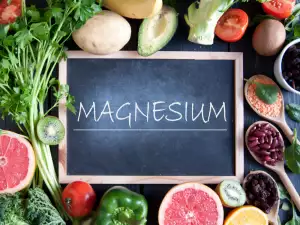
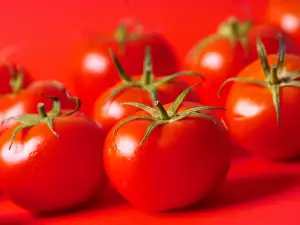
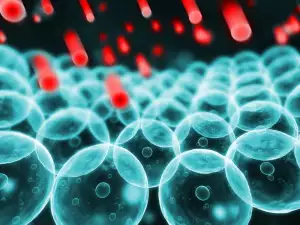
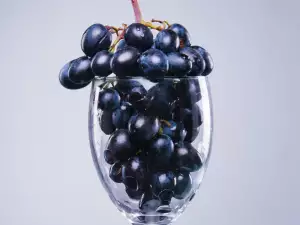


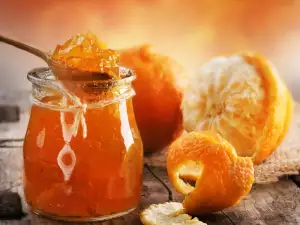
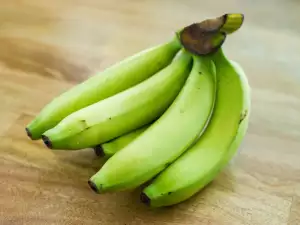


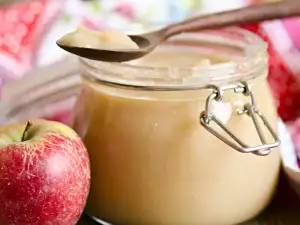
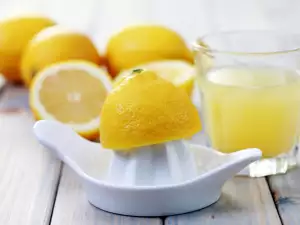
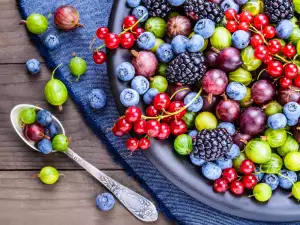
Comments